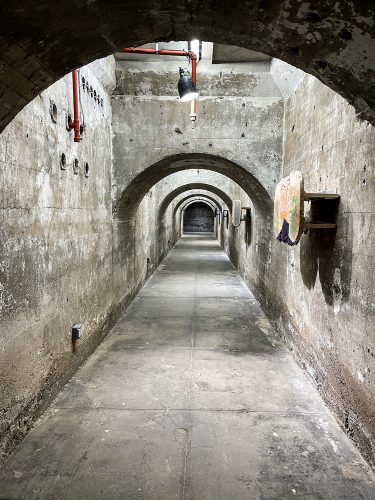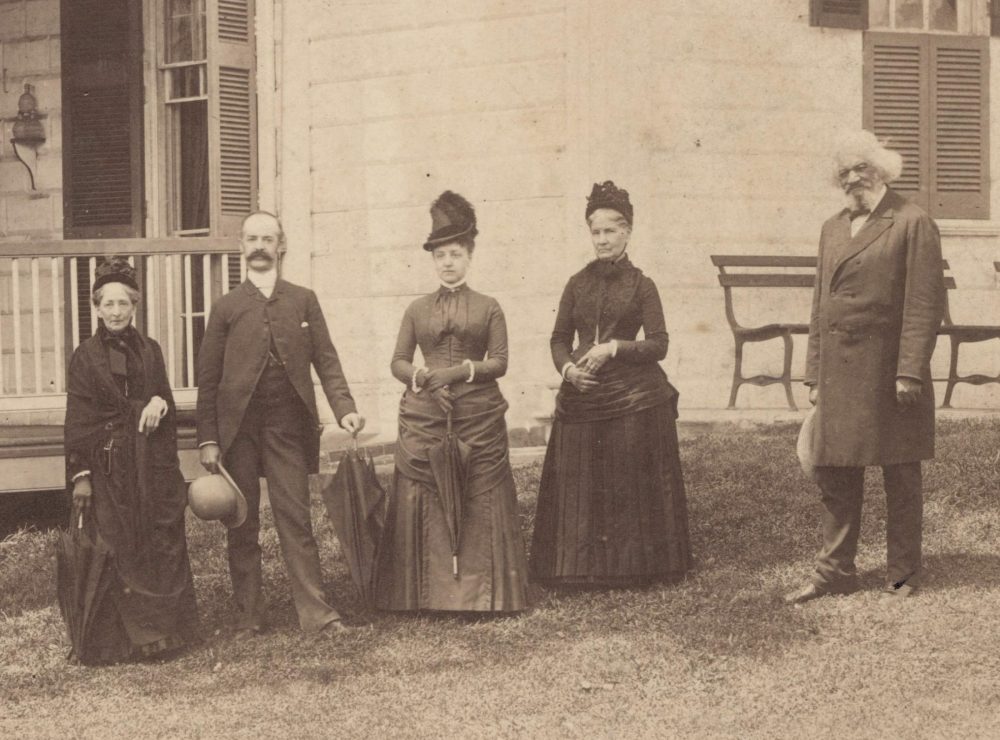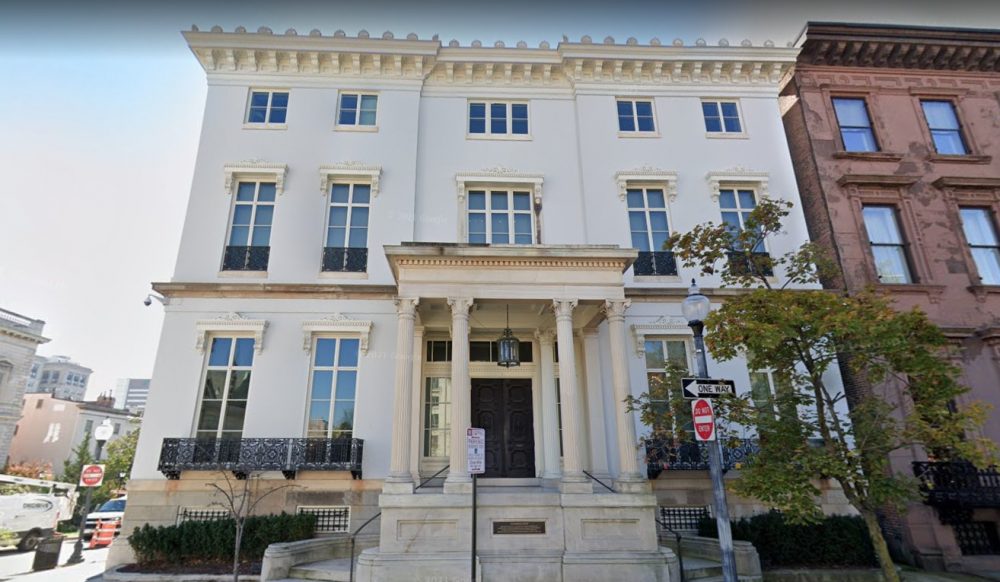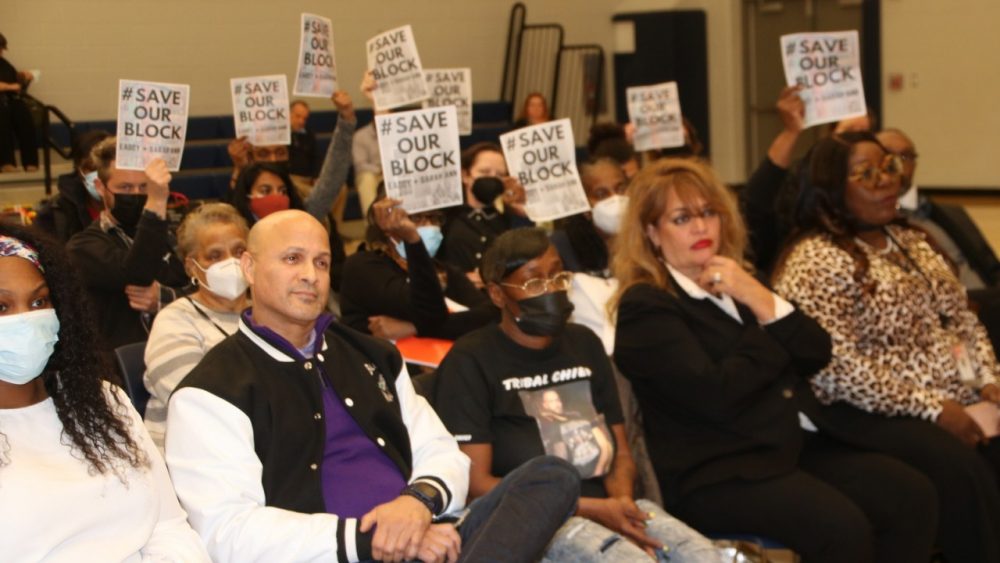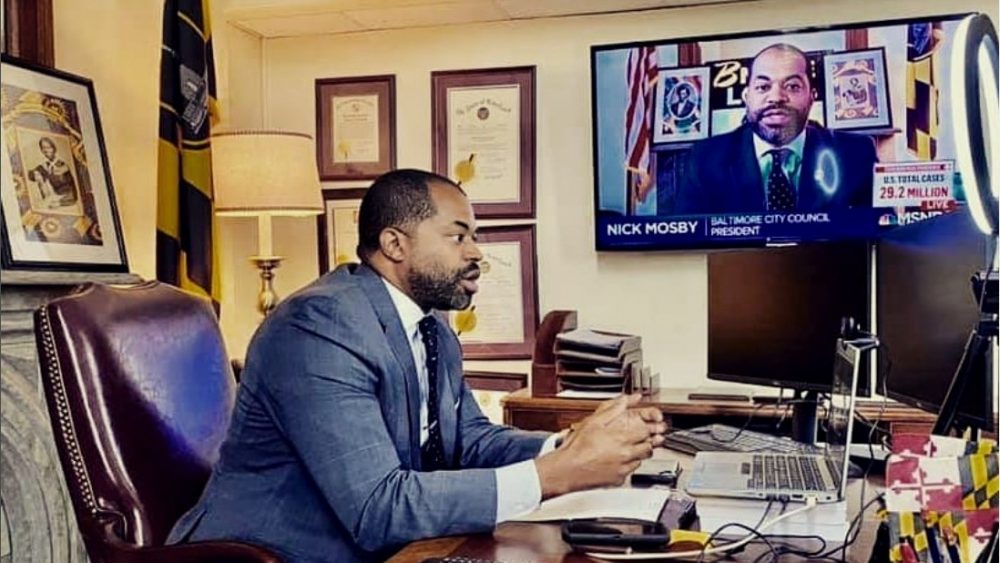Museum J.E.D.I. Podcast
hosted by Omar Eaton-Martinez
The Museum JEDI (Justice. Equity. Diversity. Inclusion) Show holds space for discussions that intersect museums and social justice. These conversations will include topics like:
- The interrogation of museums as colonial projects
- Inclusive museum leadership
- Decolonizing museums
- Restorative justice in museums
- Institution building
…and much more
Our guests include thought leaders, scholars, practitioners who center their work in JEDI in museums and other institutions that highlight history, art, culture and science.
There is also a special series that honors the icons of the field called #WeStandOnTheirShoulders. This series was created to help people understand that there has been a long trajectory of museum professionals who have been lifting up the voices of marginalized peoples for decades.
Here is a brief description of Season One:
A conversation with Cinnamon Catlin-Legutko and Dr. Chris Taylor, Co-editors of the new book “The Inclusive Museum Leader”. We talked about the creation of this book project which is a collection of essays (chapters) by thought leaders in the field. I wrote chapter 6 titled, “How Should Inclusive Museum Leadership Respond to COVID-(16)19?” ready to be viewed – https://youtu.be/hsNgtwwxBYk
A conversation with Dr. Robert “Bert” Davis and Dr. Tonya Matthews, who are leading two black museums respectively: America’s Black Holocaust Museum (Milwaukee) and the International African American Museum (Charleston). They both have storied careers in DEAI working in STEM-focused institutions and are now at black museums doing this type of social justice work.
A conversation with the iconic Dr. Marta Moreno Vega. A Black Puerto Rican woman who has a long career of institution building. She has founded organizations like the Harlem-based Caribbean Cultural Center African Diaspora Institute (CCCADI); Creative Justice Initiative in NYC and the Corredor Afro (Puerto Rico). Early in her career she was the second director of El Museo del Barrio. This episode will be part of a special series I call #WeStandOnTheirShoulders where I highlight the careers of trailblazers and pioneers.
A conversation with the Center for Restorative History, which is part of the Smithsonian National Museum of American History. I had the staff of CRH, including the Founding Director Tsione Wolde-Michael on to talk about this new center and its social justice centric approach.
The Museum JEDI website is www.TheMuseumJEDI.com. The other three episodes will be available on this website by Sunday March 20, 2022.
